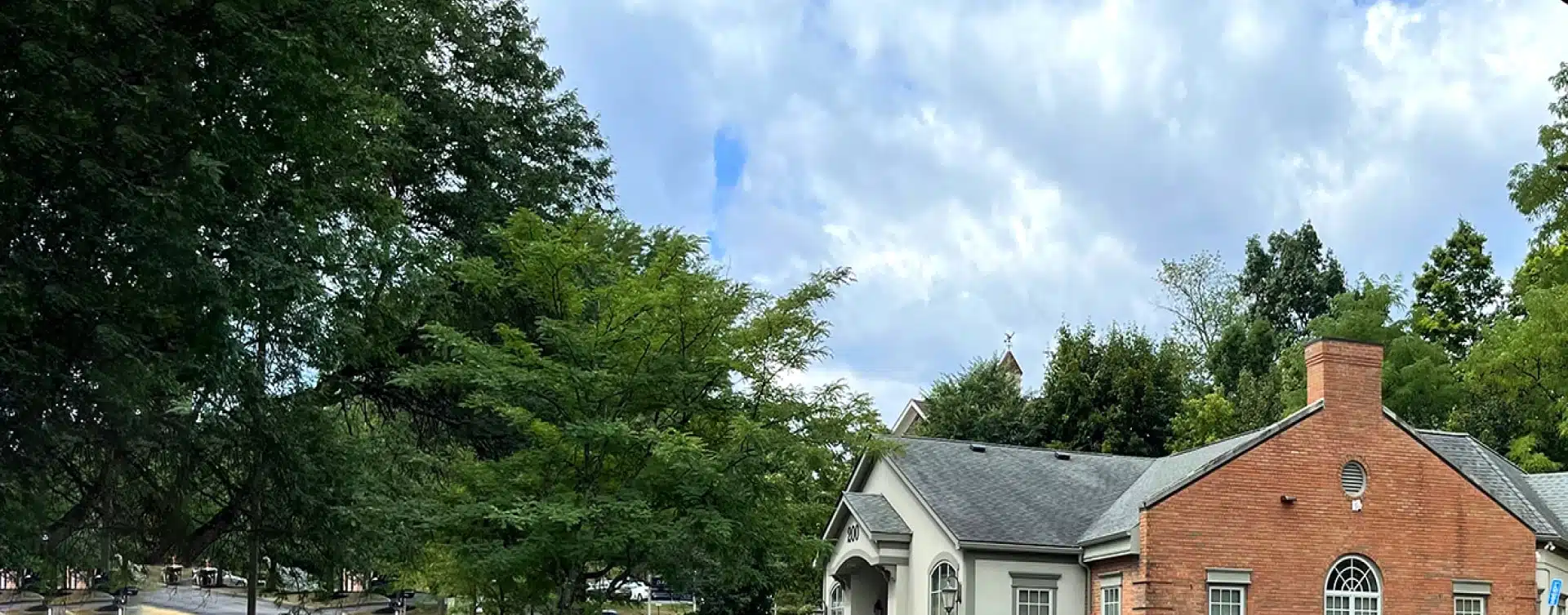Are you considering reshaping your nose? Rhinoplasty can boost your self-esteem by improving your facial symmetry. This article takes you through the nine-step journey, from making the decision, finding the right rhinoplasty surgeon, preparing for your consultation, understanding risks, pre-surgery preparations, cost considerations, and managing post-surgery pain to embracing your new look.

Introduction: Understanding Rhinoplasty
Rhinoplasty is often referred to as “nose surgery” or a “nose job” and is a cosmetic surgery specifically for altering the shape or function of the nose. This procedure is pursued for various reasons, ranging from improving the aesthetic appeal to correcting breathing problems. Understanding the intricacies of rhinoplasty surgery is the first step in the journey.
Deciding to undergo rhinoplasty is not a choice to be made lightly. It’s crucial to clearly establish your goals and expectations for the treatment. Are you seeking to change your appearance, correct a health issue, or both? Is it an open or closed rhinoplasty? do you want to commit to a surgical rhinoplasty or just fillers for now? The benefits and limitations must be transparent in the decision-making process. Rhinoplasty should be a personal choice, not one motivated by external pressure.
Step 1: Making the Decision For Rhinoplasty
Choosing an experienced surgeon for the rhinoplasty procedure is paramount. You need a qualified, board-certified individual adept at performing rhinoplasty surgeries. Be sure to scrutinize their specialty, success rate, client testimonials, and overall experience. A renowned plastic surgeon will have extensive knowledge of different surgical procedures and the ability to assist in achieving your aesthetic goals.
Step 2: Finding the Right Surgeon
Preparation is key when stepping into a consultation. Know your medical history in detail and clarify your expectations and goals. An open and honest dialogue about what you are hoping to achieve through the surgery gives the surgeon a clear idea of what realistic expectations are. Consulting a professional supersedes online research, so come ready to listen, learn, and ask relevant questions.
Step 3: Preparing For The Rhinoplasty Consultation
The consultation for a rhinoplasty surgery is a crucial part of the procedure. It starts with discussing your medical history, focused especially on any issues relating to cartilage and bone health. Your surgeon will likely encourage you to open up about any previous surgeries or injuries to your nose. Following these questions, an examination of your nasal structure will be made. The outcome of the examination and your overall suitability for the surgery will then be discussed, grounding the decision process in your individual situation.
Step 4: Navigating Through The Consultation
It’s paramount to be aware of the potential risks associated with rhinoplasty surgery. Risks can include bruising, infection, and, in rare cases, excessive bleeding. Blood clots are another potential risk that can develop during the surgery. To help mitigate these risks, rhinoplasty patients are usually required to stop taking certain medications, vitamin E, and herbal supplements that potentially thin the blood. Remember that understanding the risks thoroughly can better prepare you for the procedure.
Step 5: Understanding The Risk of Complications
Your preparations before the day of surgery will have a fundamental impact on the outcome. Following your surgeon’s guidelines can significantly reduce the risks. It’s common to be advised to discontinue certain medications and dietary supplements like fish oil, which can affect blood clotting during the procedure, even weeks before surgery. You may also be directed to stop wearing contact lenses a few days ahead of time as an extra precautionary measure. Try to maximize your comfort and reduce any stress on the day of the surgery.
Step 6: Pre-surgery Preparations
A thorough understanding of the recovery process will help you prepare for life post-rhinoplasty. During the initial weeks after surgery, it’s essential to limit activities that could possibly strain your nose, and certain breathing exercises may be recommended. Using ice packs or cold compresses can also assist in healing and reduce swelling. However, keep in mind that complete healing can take some more time. It’s essential to listen to your body and take the necessary time to rest and recover.
Step 7: Learn About The Rhinoplasty Recovery Process
Rhinoplasty cost depends on several factors. The procedure’s expense encompasses the surgeon’s fee, anesthesia charges, and the facility fee. Often, these costs vary, influenced by the complexity of the surgery and the time it takes to complete it. It’s crucial to consider this financial aspect while planning for rhinoplasty to make an informed decision.
Step 8: Cost of Rhinoplasty
From the first day after surgery, proper pain management is paramount in the recovery process post-surgery. Doctors typically prescribe pain medication to control discomfort. Avoid strenuous activities and take medicines only as instructed to accelerate healing and enhance the recovery time. It’s important to understand that your body may require weeks for full recovery after rhinoplasty. Regular check-ins will also help adjust the pain management plan, leading to a smoother and more comfortable healing period post-surgery.
Note: Remember to consult with your doctor if you experience excessive pain or side effects from the medication. This step is crucial in ensuring a safe and efficient recovery process.
Step 9: Managing Post-Surgery Pain
Conclusion: Embracing Your New Look
After enduring the recovery process from your nose job, a moment arrives when you see your reflection in the mirror, effectively depicting your decision on surgery. First off, breathe — literally. Embrace this new change, not just the physical transformation, but the boost in confidence it provides. Remember, every decision in this journey led you to this moment, accept your new look as a pat on the back for your bravery and choice.
Additional Advice & Precautions
For a successful cosmetic procedure, follow all instructions given by your surgeon, including taking prescribed medications promptly. Give your body ample time to heal and refrain from activities that may strain your newly repaired cartilage or bone. Blood-thinning medications should be avoided, as they can impede the healing process.
Set realistic goals for your surgery and communicate openly with your facial plastic surgeon. Adoption of a balanced diet and quitting unhealthy habits like smoking can significantly speed up the recovery time.
Remember, every individual reacts differently to surgery, but his or her attitude plays a crucial role. Patience and positivity significantly improve overall results. Follow post-operative instructions religiously, and do not compromise your recovery time.
Taking expert advice is crucial when it comes to serious decisions like a rhinoplasty. ‘Dr. Ran Rubinstein’ is highly experienced in this field and can provide valuable insights throughout your decision-making process. Remember, your health, finances, and appearance are at stake, so be sure to seek expert advice.
